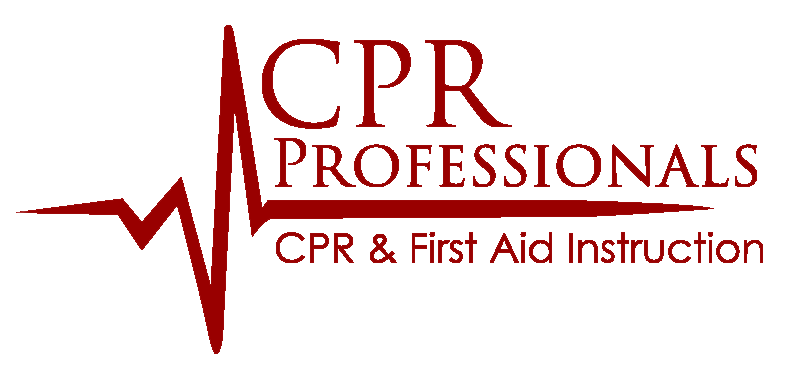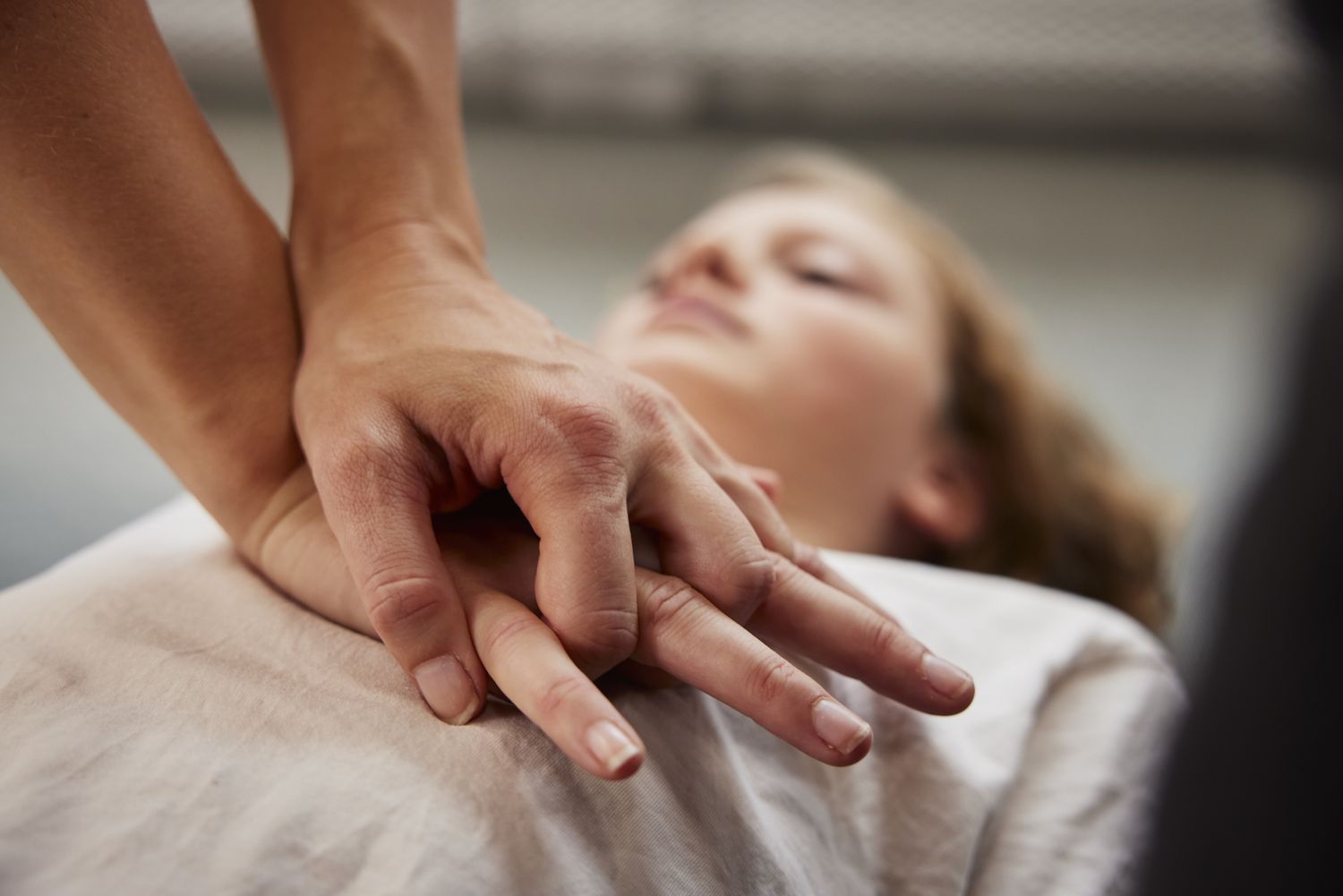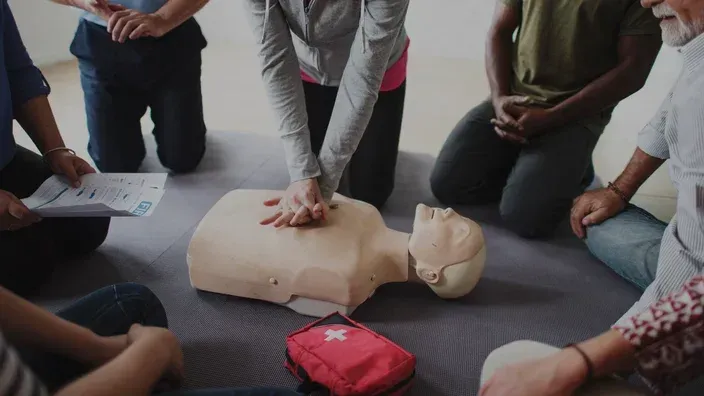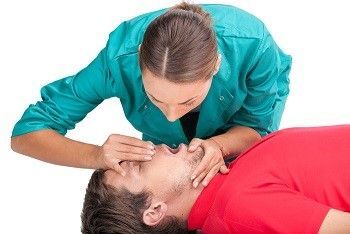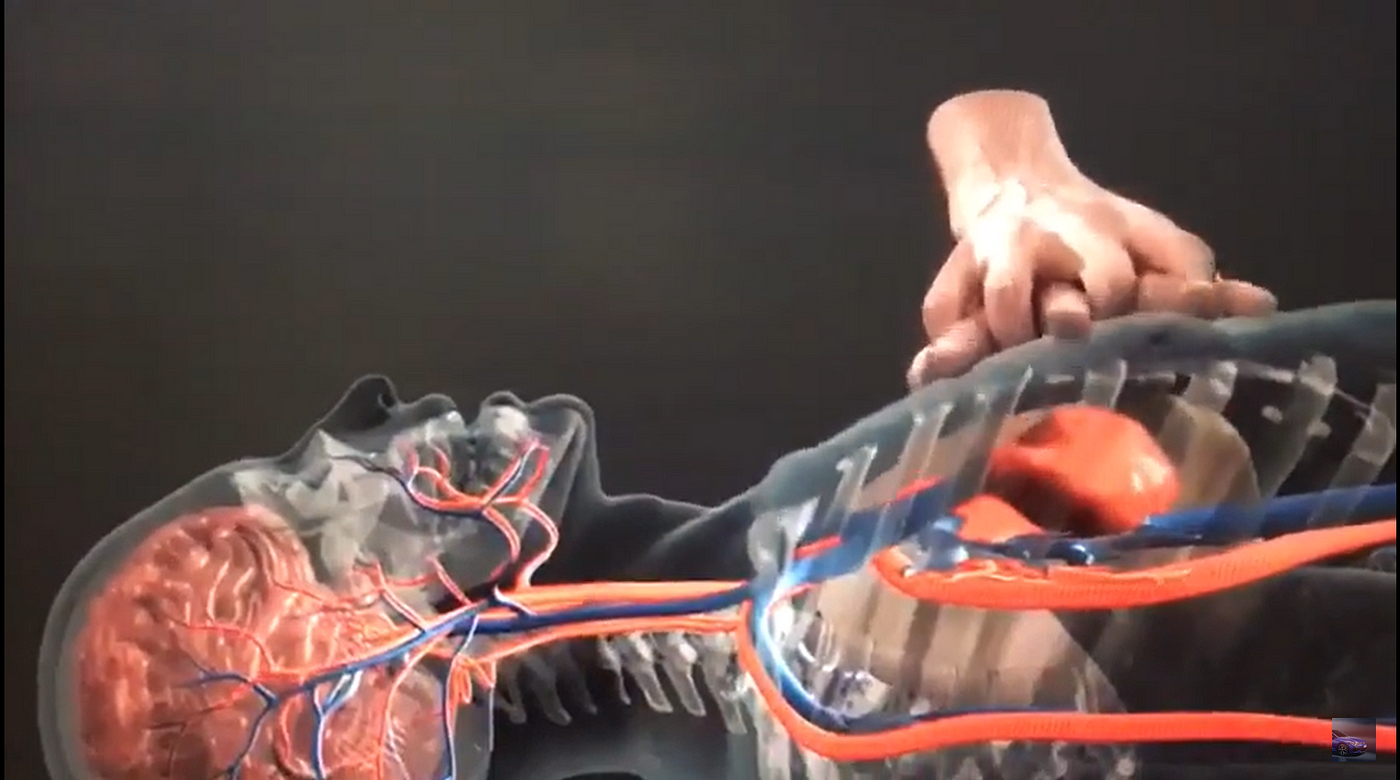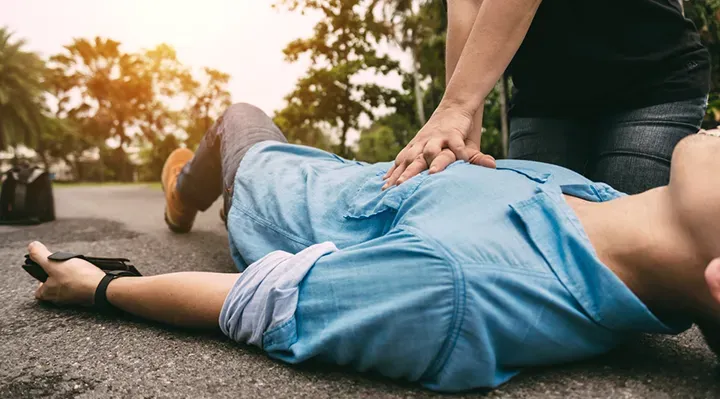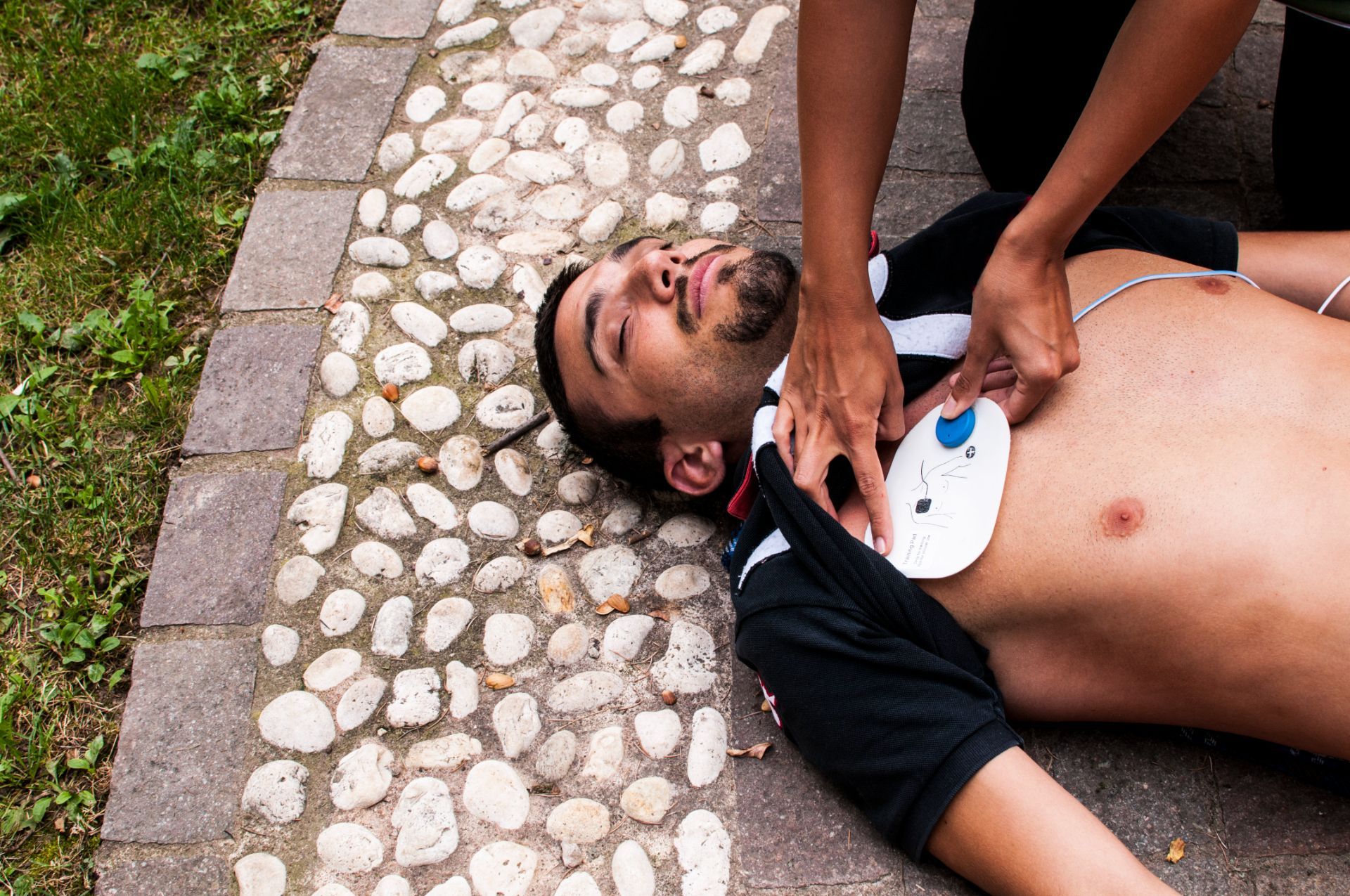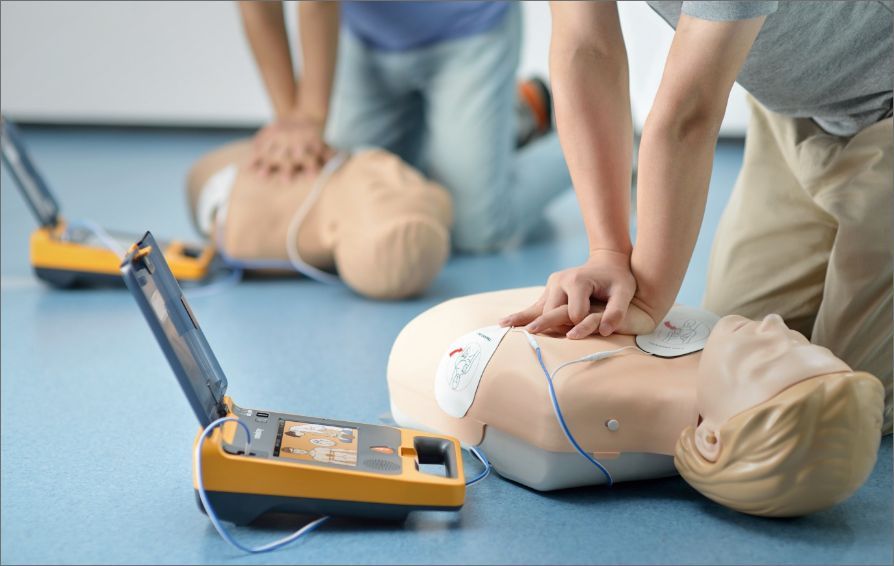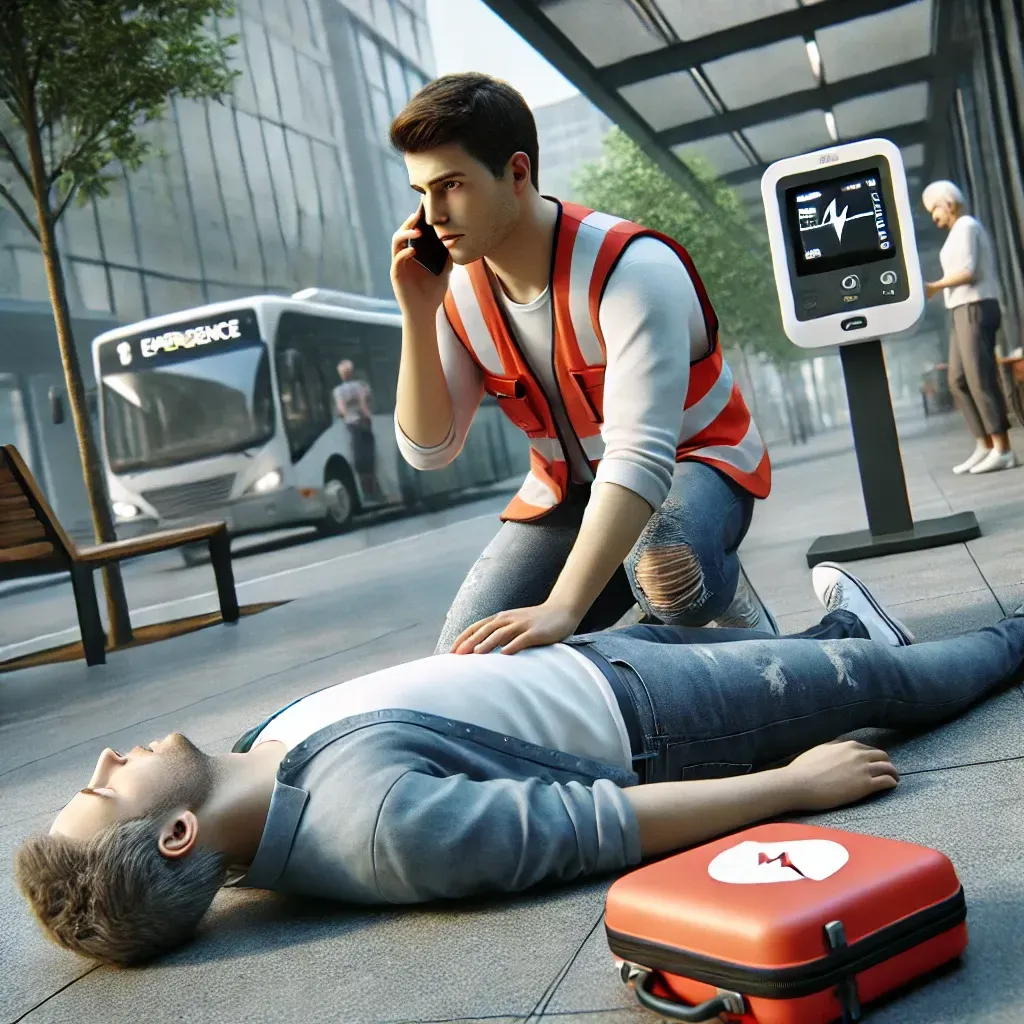How Does CPR Differ in an Unresponsive Adult Choking Victim?
When an adult is choking and suddenly becomes unresponsive, it can be a terrifying situation. Every second counts, and knowing the right steps to take can make all the difference. CPR for an unresponsive choking victim follows a slightly different approach than standard CPR because the main goal is not only to restore circulation but also to clear the airway obstruction. Here’s what you need to know.
Assess the Situation and Call for Help
Before jumping into action, take a moment to ensure the scene is safe. If the person is unresponsive, tap them on the shoulder and loudly ask, “Are you okay?” If there’s no response, immediately call 911 or have someone else do it while you begin first aid. If an Automated External Defibrillator (AED) is available, ask someone to retrieve it.
Position the Person and Check for an Obstruction
Carefully lay the person flat on their back on a firm surface. The next step is to open their airway by tilting the head back slightly and lifting the chin. Take a quick look inside their mouth to check for a visible obstruction. If you see an object that can be easily removed without pushing it further down, carefully remove it. However, avoid blind finger sweeps, as they can accidentally push the blockage deeper into the airway.
Start Chest Compressions
If the airway remains blocked and the person is not breathing, begin CPR immediately. Place the heel of one hand on the center of the chest, just below the nipple line. Place your other hand on top, interlacing your fingers. Press down firmly, compressing the chest about 2 inches deep at a rate of 100 to 120 compressions per minute. Let the chest fully recoil between each compression. This forceful motion may help dislodge the obstruction while also keeping blood circulating.
Attempt Rescue Breaths
After 30 compressions, try giving two rescue breaths. Using a pocket mask makes rescue breathing safer and more effective by providing a protective barrier between you and the victim while ensuring proper airflow. To deliver rescue breaths with a pocket mask, first, position the mask over the person’s nose and mouth, ensuring a secure seal. Hold the mask firmly in place with one hand while using the other to tilt the head back slightly and lift the chin.
Once the mask is positioned correctly, take a deep breath and blow steadily into the one-way valve for about one second. Watch for the chest to rise, which indicates that air is entering the lungs. If the chest doesn’t rise, adjust the mask’s position, reposition the head, and try again. After delivering two effective rescue breaths, return to performing chest compressions as part of the 30:2 CPR cycle.
Pocket masks are valuable tools for providing high-quality CPR while reducing direct contact and improving ventilation efficiency. Keeping one in a first aid kit or learning how to use one during a CPR training course can help you be better prepared for emergencies.
Watch for the chest to rise. If the chest doesn’t rise, reposition the head and try again. If it still doesn’t rise, go back to compressions—this likely means the airway is still blocked.
Continue CPR and Monitor for Changes
Continue cycles of 30 compressions followed by two breaths, checking the mouth periodically to see if the object becomes visible and can be safely removed. Keep performing CPR until the person starts breathing on their own, emergency medical responders arrive, or you become too exhausted to continue.
Using an AED If Available
If an AED is accessible, turn it on and follow the voice instructions. Attach the electrode pads to the person’s bare chest as directed. The AED will analyze their heart rhythm and provide guidance on whether a shock is needed. Continue CPR as instructed by the device until help arrives.
The Importance of CPR Training
Knowing how to react in a choking emergency can mean the difference between life and death. Regular CPR training ensures that you feel confident in handling these situations effectively. If you’re not already certified, consider taking a first aid and CPR course—you never know when you might need to use these life-saving skills.
Emergencies can be overwhelming, but by staying calm and following these steps, you can provide the best possible care for someone in distress. Quick action and proper technique could save a life.
